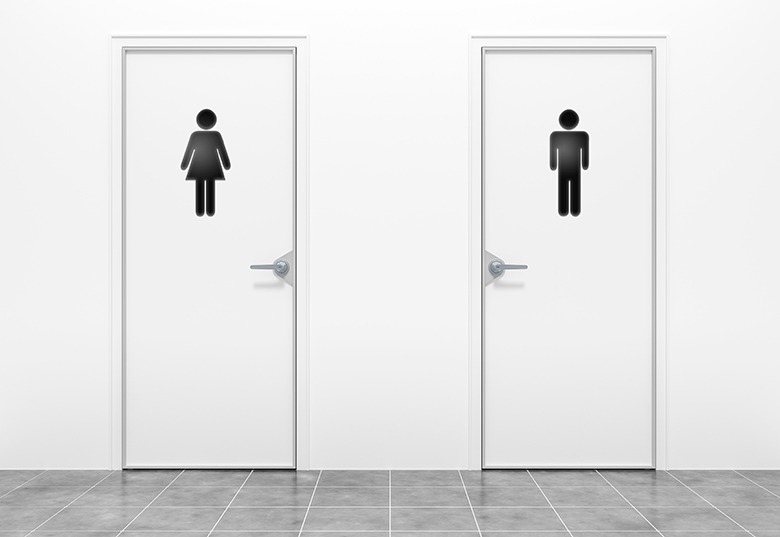It might be getting colder in the Midwest, but Diane Graham is dreaming about long walks on a warm beach in California.
“I’m really looking forward to being able to do that again,” she said. “This procedure has given me my freedom back.”
For the past few years Graham struggled with a fairly common problem: an overactive bladder. The 64-year-old just chalked it up to growing older, but then her symptoms began to be unbearable.
“It started slowly at first,” she said. “I would sneeze or cough and would have a little leak. It got to the point that wherever we went, the first thing I would do is see where the bathroom was. Then about eight months ago, it really started to burn when I would use the bathroom. I felt like I couldn’t really go anywhere or do anything.”
Graham and her husband took a trip to visit her children in California, but her pain became so severe that she went to the emergency room. However, the staff told her that the care she needed was beyond policy parameters. They gave her some pain medication and sent her on her way.
“After that I knew that I couldn’t go on living like this,” she said. “I had already been to see Dr. Benson and he had been giving me some medications, but I knew I needed to take the next step.”
A better way
Kevin Benson, M.D. M.S., a urogynecologist with Sanford Health in Sioux Falls, South Dakota, treats many women who have similar problems as Graham and is dedicated to helping them find a solution that works.
“We have a tiered approach for women with an overactive bladder,” he said. “We try physical therapy, limiting water intake and behavioral changes at first. Generally that helps almost 50 percent of patients. After that, we move on to medications. Medication helps about another 50 percent of the patients left. This leaves a quarter of the women who have overactive bladder issues who need additional help.”
Implanted device
This is where the InterStim procedure comes into play. InterStim therapy is a small implanted device placed as an outpatient procedure. The device sends mild electrical impulses to the sacral nerves, which control the bladder and bowel. InterStim runs on a small battery, much like a pacemaker does for heart patients. Benson is one of only a few physicians in the region who offers InterStim.
“The beauty of InterStim therapy is that it allows patients to test drive the device for a few weeks to see if it helps,” he said. “We give them an external battery pack and tell them to chart how they are feeling. If it doesn’t work for them, we can easily remove it and find another solution. However, it is effective for 85-90 percent of patients. And for women like Diane, it helps to improve their quality of life.”
“This has been such a wonderful change for me,” Graham said. “I really started feeling the results almost immediately. After living with that pain for so long, I only wish I would have done it sooner. So I would encourage anybody out there who is struggling to call and make an appointment to see what your options are.”
Learn more
- Physical therapy options for pelvic floor pain, incontinence
- Take control of your pelvic floor in menopause
- Leaky bladder solutions help women regain confidence
…
Posted In Gynecology, Health Information, Women's
